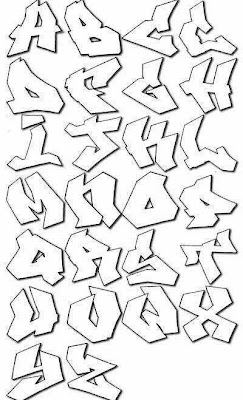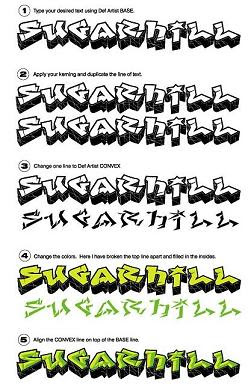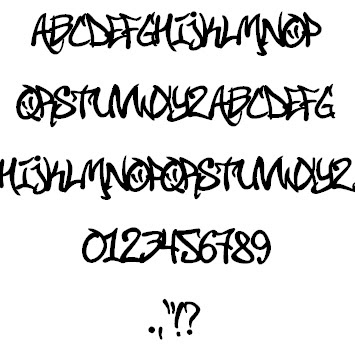This modern history of graffiti began in the 60s in the West Coast of America, primarily Philadelphia. Some call this era the ground work era and it was artists such as Top Cat who began the evolution. Soon the movement spread to New York with writers inspired by their brothers across the country, resulting in 'attacks' of graffiti on trains as a method of political protest instead of directly violent acts. The style during this formative period in the history of graffiti is hard to discern with bubble lettering and wildstyle both being utilized heavily by different artists. However, as the movement moved forward into the 70s - the so called pioneering era, the wildstyle of Tracy 168 began to symbolize the arts movement.
At the same time in the history of graffiti, we can see a major rise in the sheer number of tags being created by artists, with mass bombing and tagging becoming more active. The size of the works began to increase with artists preferring to move into safer areas such as train depots so that they could create more intricate works. This included groups such as TF5 painting entire cars with the ever more popular spray paint.
This was to be the high water mark though in the history of graffiti as an underground art movement for the late 70s saw little innovation in the movement, probably strongly effected by the increased countermeasures employed by the city of New York. What resulted was a change in direction, away from a purely artistic and political focus into a musical collaboration with hip-hop which is still seen today.






























